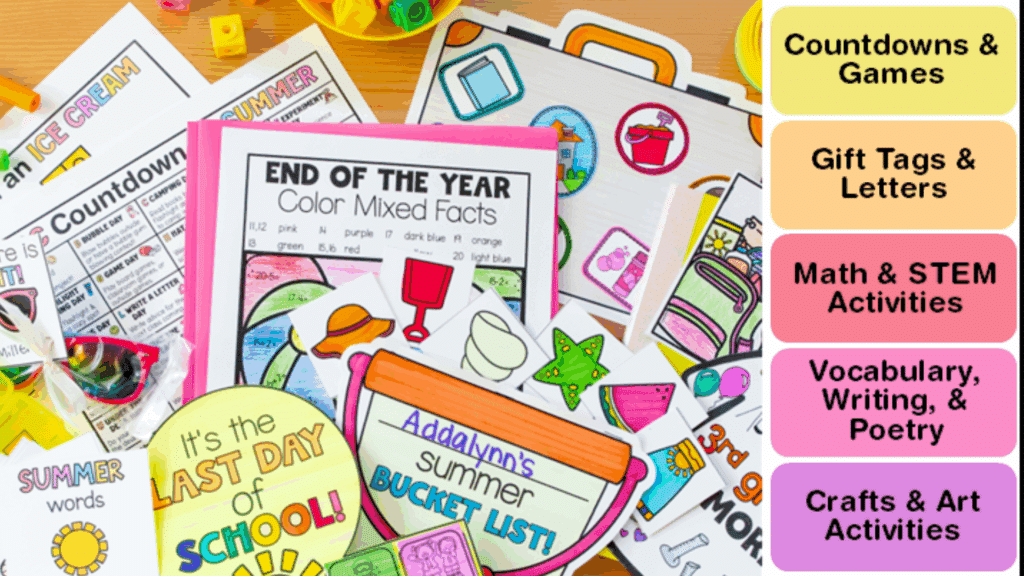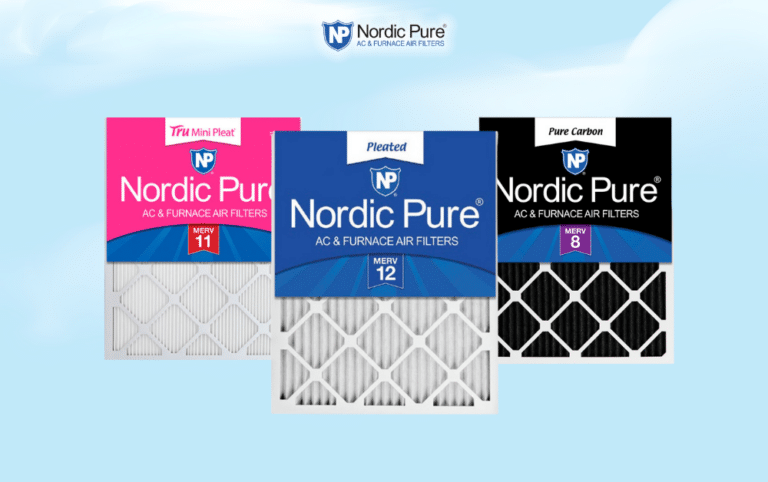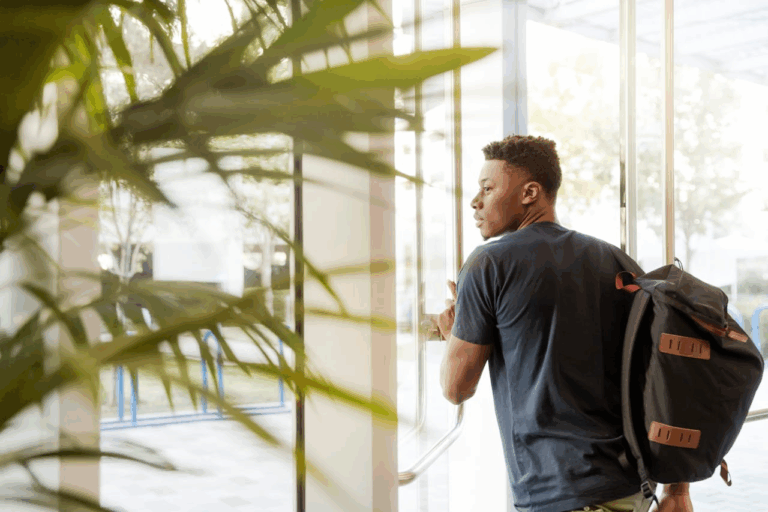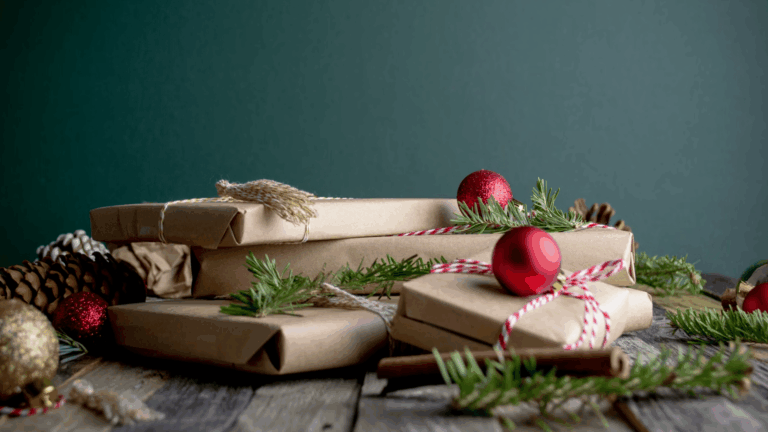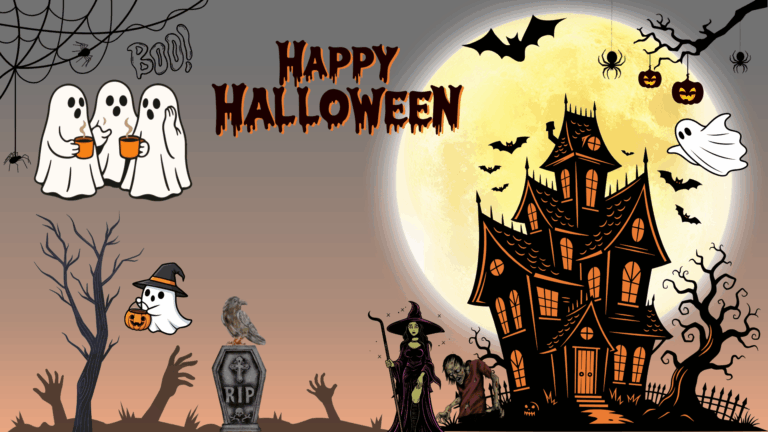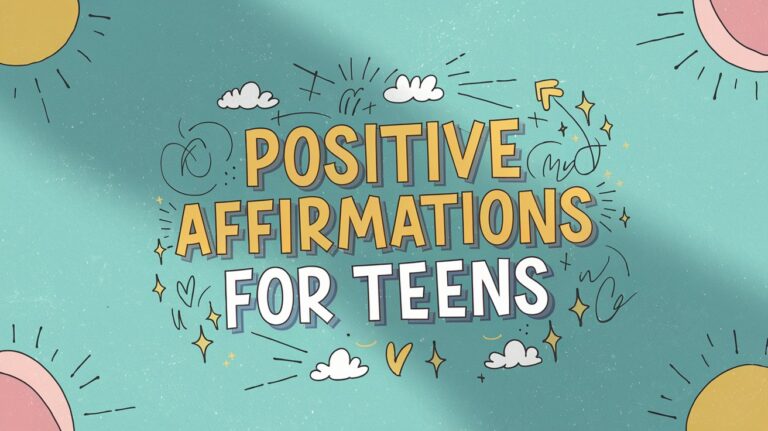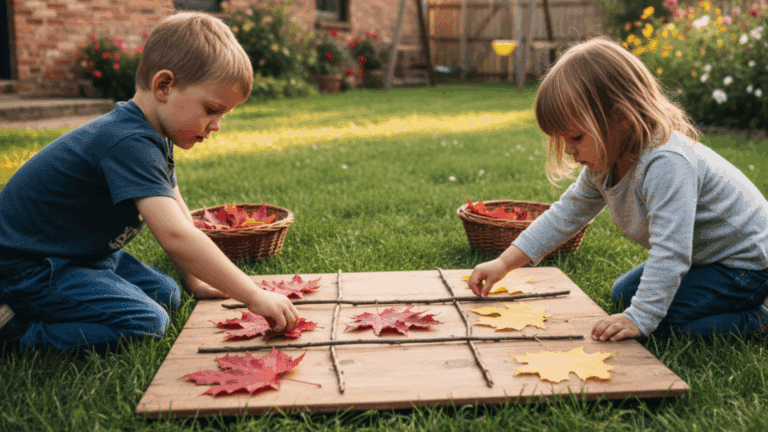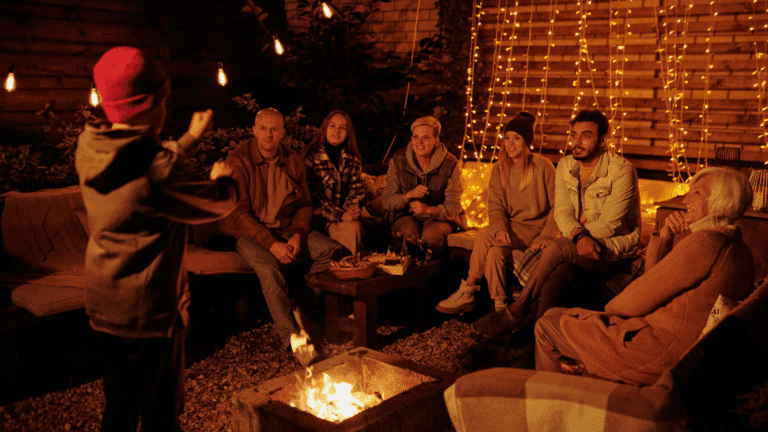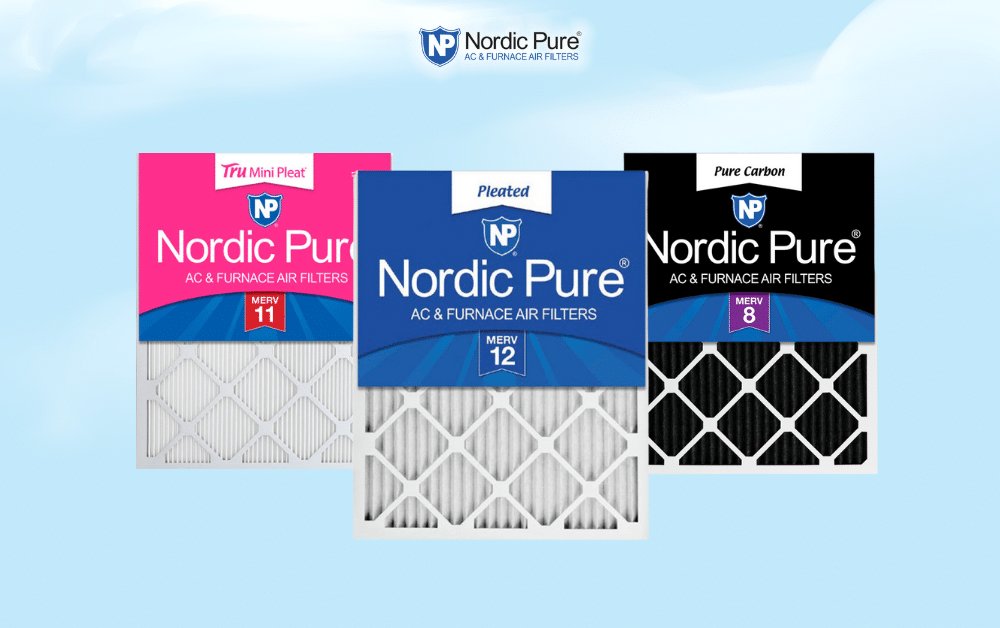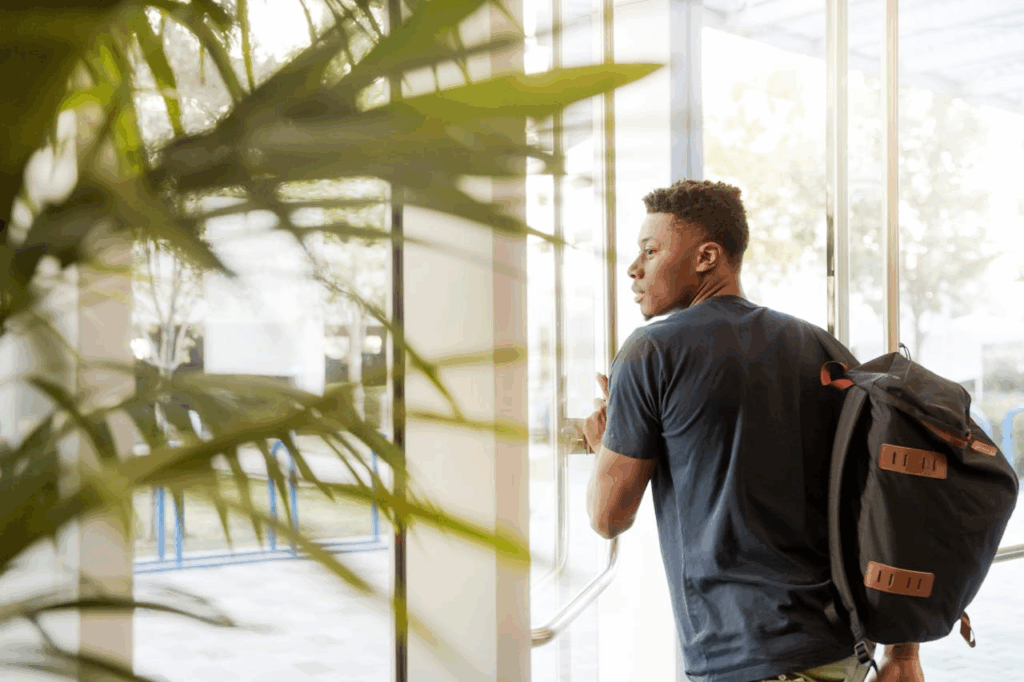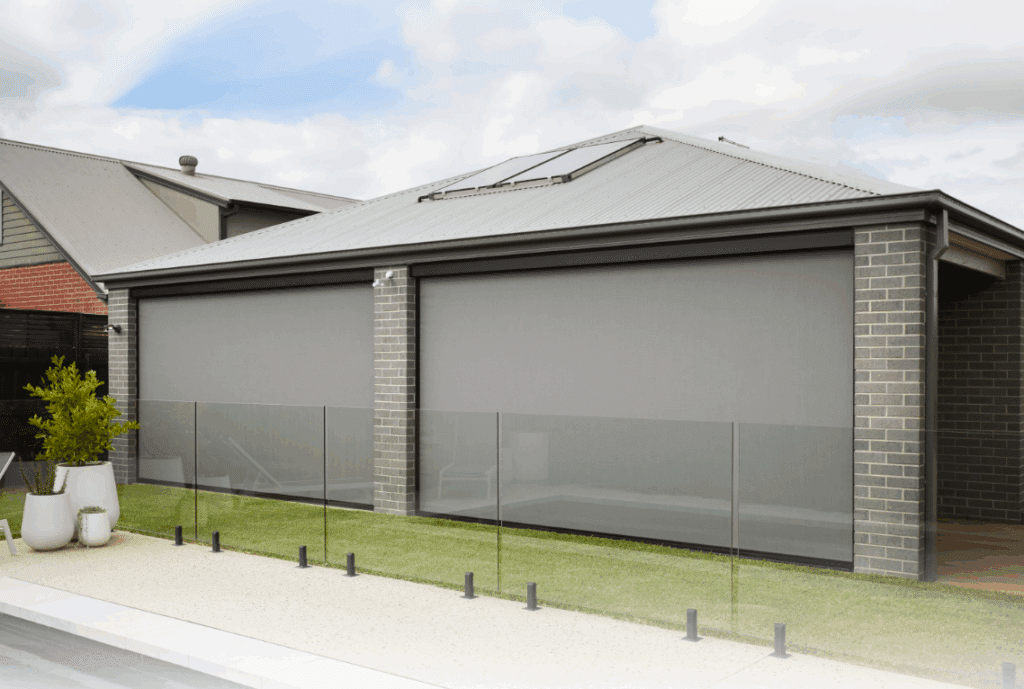The final weeks of school often become chaotic with teachers scrambling for meaningful activities while students lose focus and excitement.
Many educators struggle to find engaging ways to wrap up the year that aren’t just busy work or movie marathons.
These creative end of the year activities will help students reflect on their learning while staying engaged and motivated. You’ll find meaningful projects that celebrate growth and build lasting memories.
This collection includes reflection activities, collaborative projects, engaging learning games, and celebration ideas that are suitable for use across different grade levels.
Why is Reflecting on Learning Important at the End of the School Year?
An end of the year activities helps students recognize their academic growth and celebrate achievements they may have overlooked.
Many students focus solely on their current struggles and overlook the bigger picture of their progress throughout the year.
This reflection process builds confidence by highlighting skills mastered and challenges overcome. Students often find they’ve learned more than they realized, creating positive momentum for future learning.
Reflection also concludes the academic year and helps students set realistic goals for the next grade level.
Creative End of the Year Activities
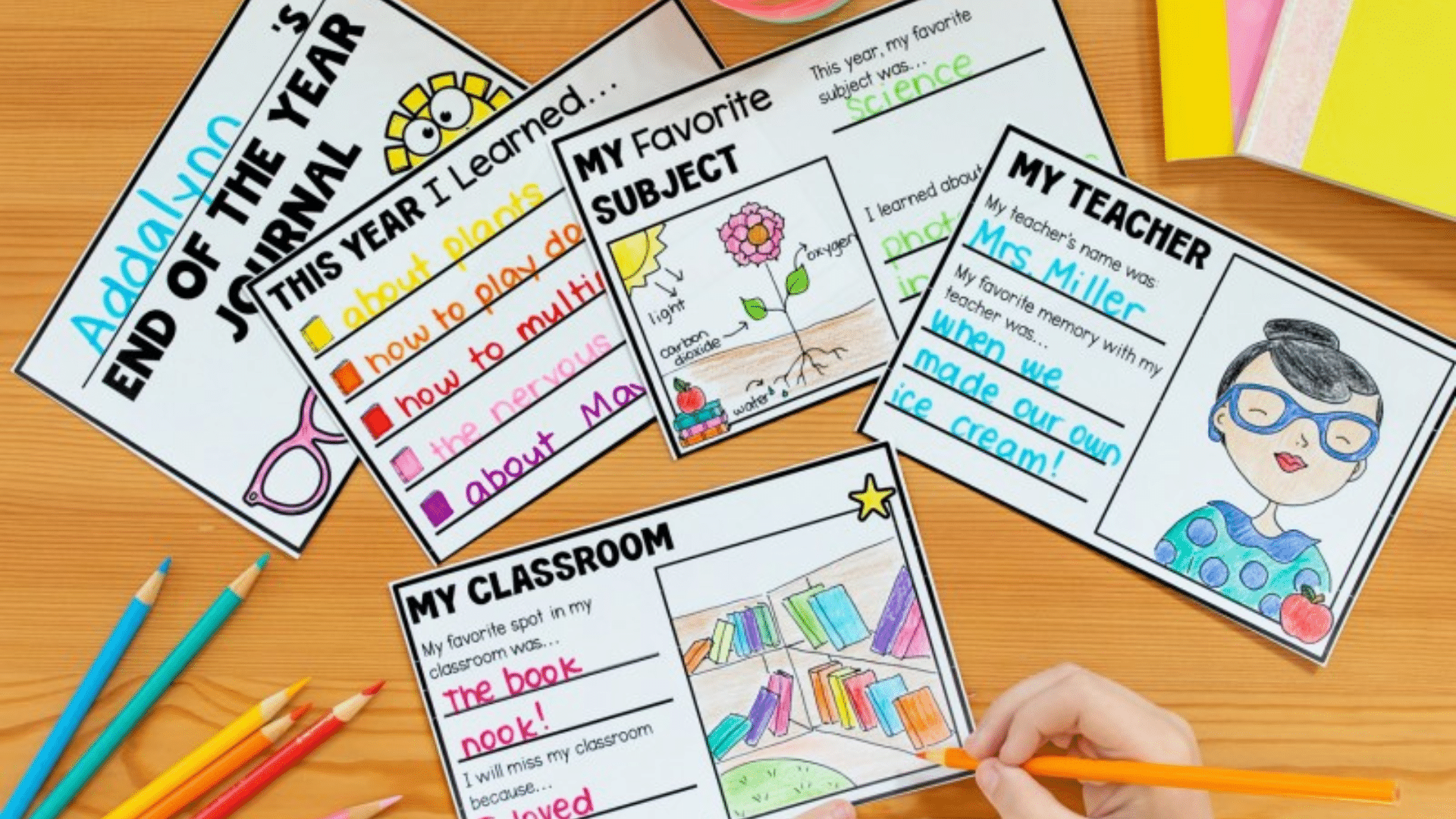
These carefully selected activities strike a balance between fun and meaningful learning, helping students reflect on and process their academic growth.
Each activity serves a specific purpose, whether it is building reflection skills, celebrating achievements, or creating lasting memories that honor the year’s educational experience.
1. Time Capsule Letters
Students write reflective letters to their future selves or next year’s students.
- Learning Outcome: Encourages self-reflection and goal setting.
- What You’ll Need: Paper, envelopes, storage box or folder.
- How to Do It: Have students write letters about their achievements, memories, and hopes. Seal them and keep them for future openings.
2. “Then and Now” Reflections
Compare thoughts, skills, or drawings from the start and end of the year.
- Learning Outcome: Highlights academic and personal growth.
- What You’ll Need: Worksheets, journals, or blank paper.
- How to Do It: Provide prompts like “What I used to think…” and let students revisit early work to compare with now.
3. Classroom Award Ceremony
Celebrate students with creative and inclusive awards.
- Learning Outcome: Boosts self-esteem and builds community.
- What You’ll Need: Printable certificates, props, or treats.
- How to Do It: Design unique awards (e.g., “Most Curious Mind”) and host a ceremony where each student is honored.
4. Learning Timeline
Students chart their academic year month-by-month.
- Learning Outcome: Reinforces memory and sequencing.
- What You’ll Need: Timeline template, markers, curriculum notes.
- How to Do It: Guide students to recall central units, topics, or events and plot them on a visual timeline.
5. Personal Growth Posters
Each student showcases their year through art and writing.
- Learning Outcome: Encourages introspection and expression.
- What You’ll Need: Poster boards, markers, printed photos.
- How to Do It: Provide a template or let students design their posters, reflecting their personal wins, goals, and highlights.
6. Student-Led Conferences
Let students take the lead in sharing their progress.
- Learning Outcome: Promotes ownership of learning.
- What You’ll Need: Portfolios, checklists, rubrics.
- How to Do It: Students use guided prompts to prepare and present their work to a peer, parent, or teacher.
7. Memory Booklets
Compile a collection of favorite memories and moments.
- Learning Outcome: Reinforces emotional engagement with school.
- What You’ll Need: Booklet templates, photos, coloring supplies.
- How to Do It: Students complete a page each day with specific prompts (e.g., “best day,” “biggest surprise,” “favorite subject).
8. End-of-Year Autograph Wall
Students sign and decorate a giant wall poster.
- Learning Outcome: Builds peer connection and positive closure.
- What You’ll Need: Large paper roll, markers, stickers.
- How to Do It: Hang butcher paper and encourage students to write fun messages or sign names creatively.
9. Classroom Talent Show
Host a casual talent showcase to celebrate the uniqueness of your students.
- Learning Outcome: Encourages self-confidence and peer appreciation.
- What You’ll Need: A sign-up sheet, optional props, and music.
- How to Do It: Give students a few minutes each to sing, dance, tell jokes, or display skills in a supportive space.
10. Curriculum Escape Room
Review content using clues and puzzles in an “escape” format.
- Learning Outcome: Boosts critical thinking and content review.
- What You’ll Need: Puzzles, locks (real or paper), task cards.
- How to Do It: Divide students into teams to solve curriculum-themed puzzles that “unlock” clues toward an escape.
11. Class Superlatives
Nominate each student for a fun, positive title like “Most Encouraging” or “Most Improved.”
- Learning Outcome: Fosters appreciation and peer recognition.
- What You’ll Need: A superlative list, voting slips, and certificates.
- How to Do It: Collect anonymous nominations, tally results, and announce during a mini ceremony.
12. My Year in Emojis
Students express their school year through a set of emojis and explain why.
- Learning Outcome: Supports creative reflection and summary.
- What You’ll Need: Emoji chart, writing paper, pencils.
- How to Do It: Students pick 3–5 emojis and write short explanations for each to summarize their year.
13. “Teach the Teacher” Lessons
Let students teach a short lesson or skill to the class.
- Learning Outcome: Reinforces mastery and builds confidence.
- What You’ll Need: Paper, optional props or slides.
- How to Do It: Students prepare and deliver a mini-lesson on something they’ve learned or love.
14. Student Highlight Reels
Create mini-presentations or videos celebrating students’ achievements.
- Learning Outcome: Promotes pride in accomplishments.
- What You’ll Need: Photos, project samples, slides, or video tools.
- How to Do It: Compile each student’s highlights into a slideshow or video montage to present on the final day.
15. Thank You Note Station
Set up a note-writing area where students can write cards to classmates, teachers, or staff.
- Learning Outcome: Encourages kindness and gratitude.
- What You’ll Need: Blank cards, markers, envelopes.
- How to Do It: Provide card templates and prompts, and allow students to write notes during quiet time.
16. Class Playlist Creation
Students add songs that remind them of the school year to a shared playlist.
- Learning Outcome: Builds classroom identity and shared memories.
- What You’ll Need: Music app, speaker, list of approved songs.
- How to Do It: Have students submit song titles and explain their choices; compile them into a playlist and play it in class.
17. Sidewalk Chalk Showcase
Use chalk to create illustrations of memories, favorite lessons, or fun symbols outside.
- Learning Outcome: Encourages visual storytelling and celebration.
- What You’ll Need: Sidewalk chalk and an outdoor space.
- How to Do It: Assign sections of pavement and have students draw highlights of the school year.
18. Goodbye Letters
Students write letters to say farewell to classmates or reflect on their year.
- Learning Outcome: Provides closure and emotional expression.
- What You’ll Need: Lined paper, pens, envelopes.
- How to Do It: Students choose someone (or themselves) to write to, then share or keep their letters.
19. Compliment Chain
Each student writes a compliment for every classmate and compiles them in a collection.
- Learning Outcome: Fosters peer respect and kindness.
- What You’ll Need: Strips of paper, envelopes or bags.
- How to Do It: Have students write short compliments and distribute them into labeled envelopes for each of their peers.
20. Classroom Quilt Project
Students design a square that represents their experience; combine them into one display.
- Learning Outcome: Highlights individuality in a collaborative setting.
- What You’ll Need: Paper or fabric squares, markers, and glue.
- How to Do It: Give each student a square to illustrate; tape or stitch together into a classroom “quilt.”
21. End-of-Year Trivia Game
Host a quiz game based on class content and events from the year.
- Learning Outcome: Reinforces learning through fun recall.
- What You’ll Need: Trivia questions, buzzer, or whiteboards.
- How to Do It: Prepare questions across subjects and form teams to compete for small prizes.
22. Group Art Mural
Create a large collaborative art piece that tells the story of your school year.
- Learning Outcome: Encourages teamwork and visual storytelling.
- What You’ll Need: Large canvas or butcher paper, paint or markers.
- How to Do It: Assign sections or themes and let students add symbols, quotes, or drawings.
23. Learning Bingo
Create a bingo board with learning-related challenges or memories to complete.
- Learning Outcome: Reinforces year-long concepts and reflection.
- What You’ll Need: Bingo cards, pens, stickers, or stamps.
- How to Do It: Students complete tasks such as “Teach someone a science fact” to earn bingo squares.
24. Gratitude Circle
Sit in a circle and take turns sharing something or someone from the class they’re grateful for.
- Learning Outcome: Builds empathy and classroom connection.
- What You’ll Need: Talking piece (optional), seating arrangement.
- How to Do It: Set expectations for respect and sharing; let each student speak while others listen quietly.
25. “Top 10 Lessons Learned” Lists
Students create a personal list of the most valuable things they learned.
- Learning Outcome: Summarizes and prioritizes learning takeaways.
- What You’ll Need: Writing paper, pencils, or devices.
- How to Do It: Prompt students to reflect and rank their top academic, social, or life lessons.
26. Student Podcast Episodes
Record short episodes of students discussing their school year or interviewing classmates.
- Learning Outcome: Develops communication and media skills.
- What You’ll Need: Microphones or devices, recording software.
- How to Do It: Plan episodes in groups or solo; record using apps and play episodes for the class.
27. Reflection Journals
Spend a few minutes each day of the final week writing reflections.
- Learning Outcome: Builds introspection and writing fluency.
- What You’ll Need: Journals or notebooks, prompts.
- How to Do It: Provide questions like “What surprised you this year?” and let students respond independently.
28. Book Cover Redesign
Students pick a book they have read and design a new, symbolic cover for it.
- Learning Outcome: Demonstrates comprehension and analysis of the theme.
- What You’ll Need: Drawing paper, art supplies, and a book list.
- How to Do It: Let students illustrate a new cover and write a brief explanation of their design choices.
29. Virtual Field Trip Review
Reflect on a virtual trip taken earlier in the year and discuss what was learned.
- Learning Outcome: Reinforces content from digital experiences.
- What You’ll Need: Field trip notes or recap video, reflection sheets.
- How to Do It: Re-watch clips or revisit topics, then write or draw takeaways.
30. Letter to My Future Self
Students write a personal letter to themselves to be opened in a year or more.
- Learning Outcome: Encourages long-term thinking and self-connection.
- What You’ll Need: Envelopes, lined paper, markers.
- How to Do It: Students write about current feelings, goals, and hopes—then seal and store or send home.
31. Class Scrapbook Assembly
Create a scrapbook filled with class photos, quotes, drawings, and projects.
- Learning Outcome: Commemorates the year and fosters teamwork.
- What You’ll Need: Binder or scrapbook, printed photos, art supplies.
- How to Do It: Each student contributes one or more pages; assemble and present as a keepsake.
How Can Reflection Activities Improve Student Learning?
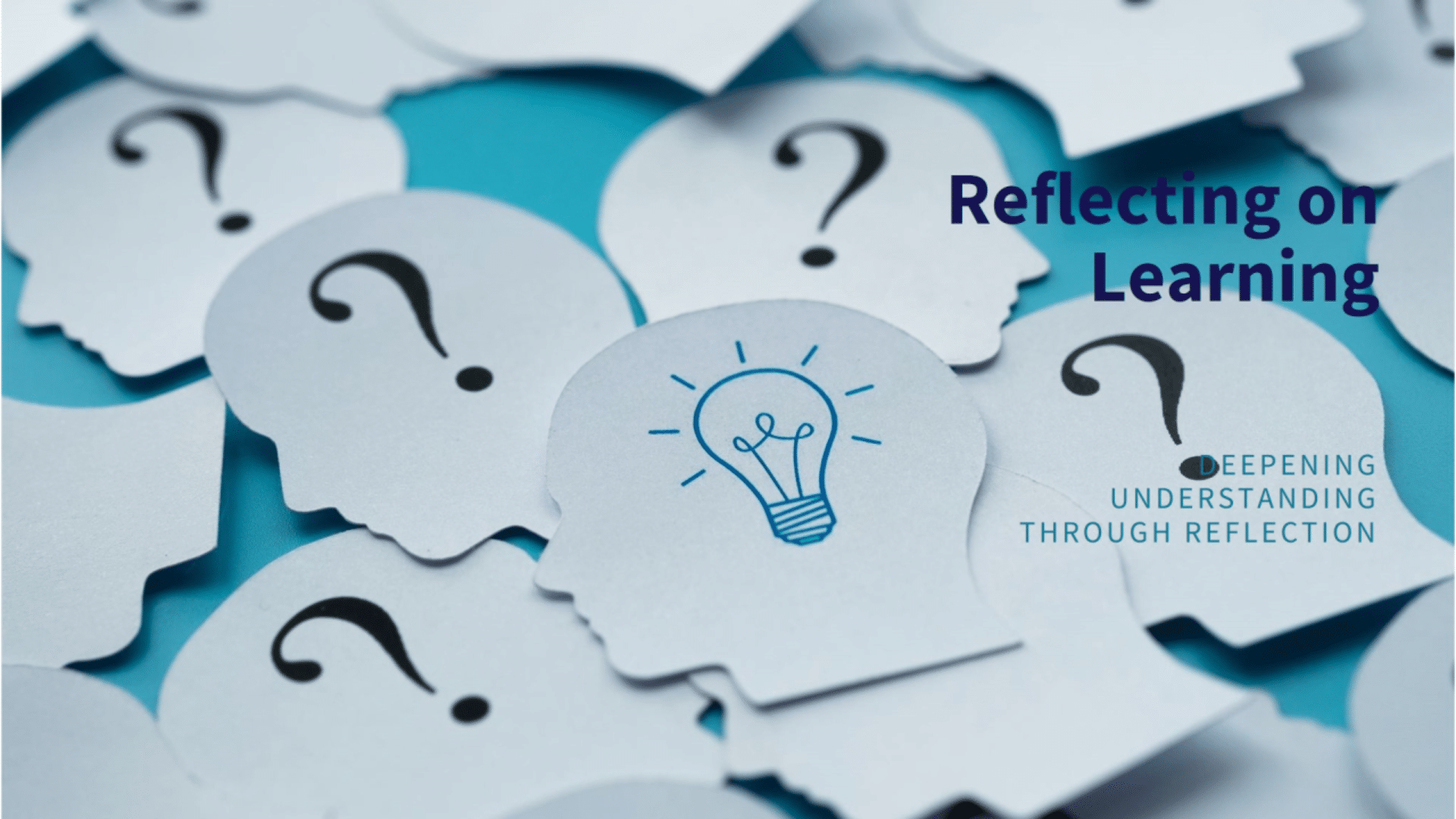
End of the year activities help students process their learning experiences and recognize personal growth that might otherwise go unnoticed.
These meaningful exercises create lasting educational benefits that extend far beyond the classroom.
- Develop metacognitive awareness: Students learn to reflect on their thinking processes and understand how they learn most effectively.
- Build self-confidence: Recognizing personal growth and accomplishments boosts student motivation and fosters a stronger sense of self-efficacy.
- Identify knowledge gaps: Reflection helps students pinpoint areas where they need additional support or practice.
- Strengthen memory retention: Processing and articulating learning experiences helps solidify information in long-term memory.
- Transfer skills to new situations: Students learn to apply reflection strategies in future classes and real-world scenarios.
To Conclude
These end of the year activities transform the final school weeks into meaningful learning experiences that students will remember long after summer break begins.
Reflection activities, collaborative projects, and celebration ideas work together to create proper closure while maintaining educational value.
Mix high-energy games with quiet reflection time to keep everyone engaged.
Remember that these final weeks offer unique opportunities to strengthen relationships and celebrate growth.


